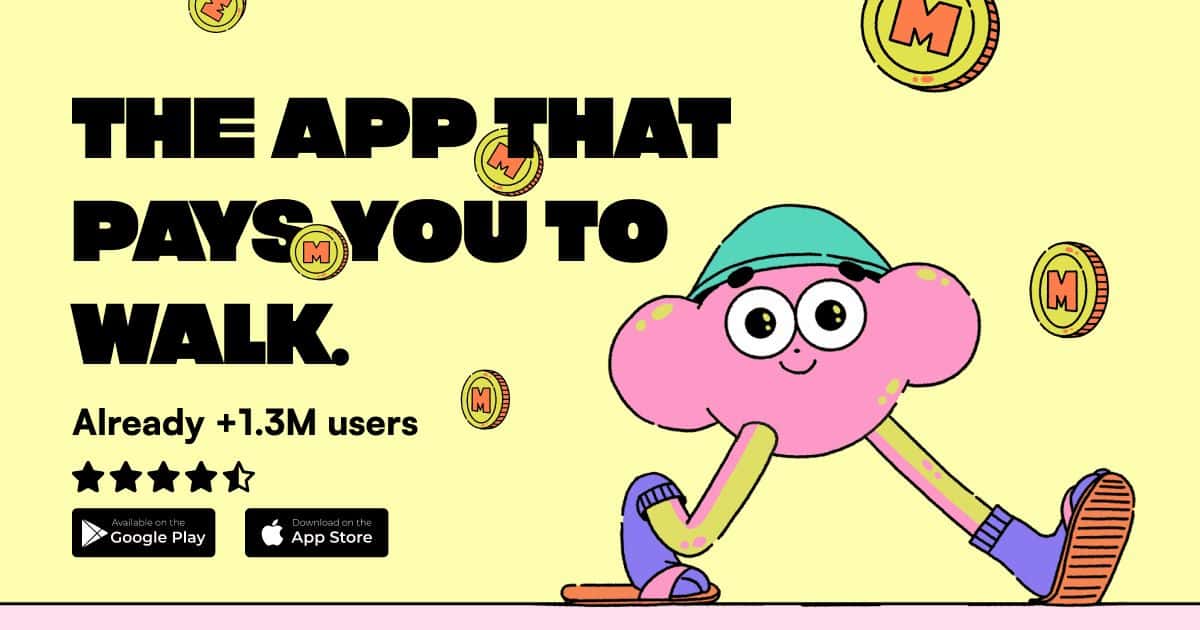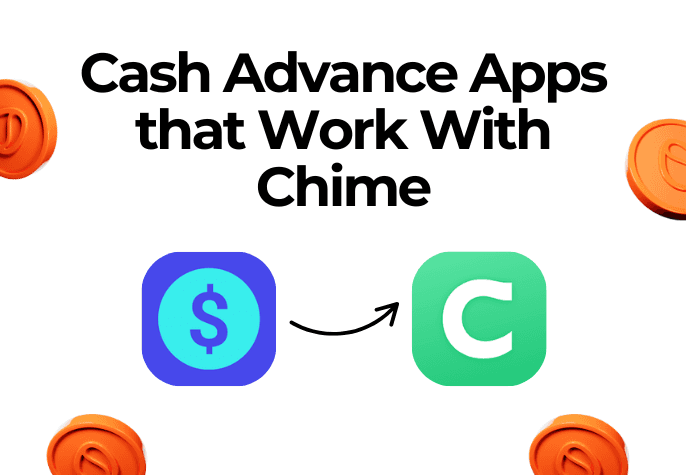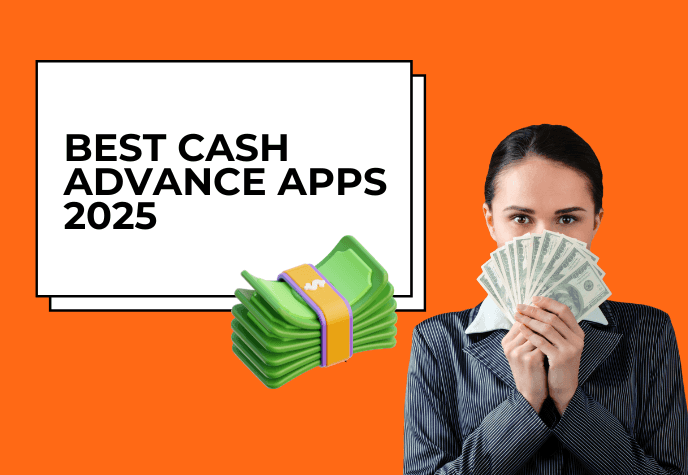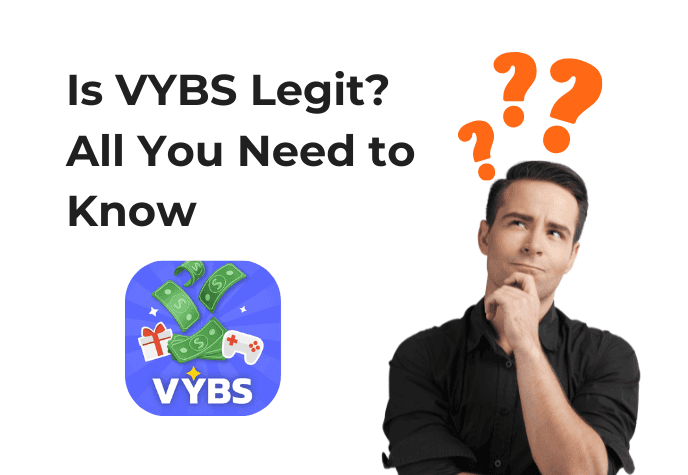Walking Apps to Try Out (2025)
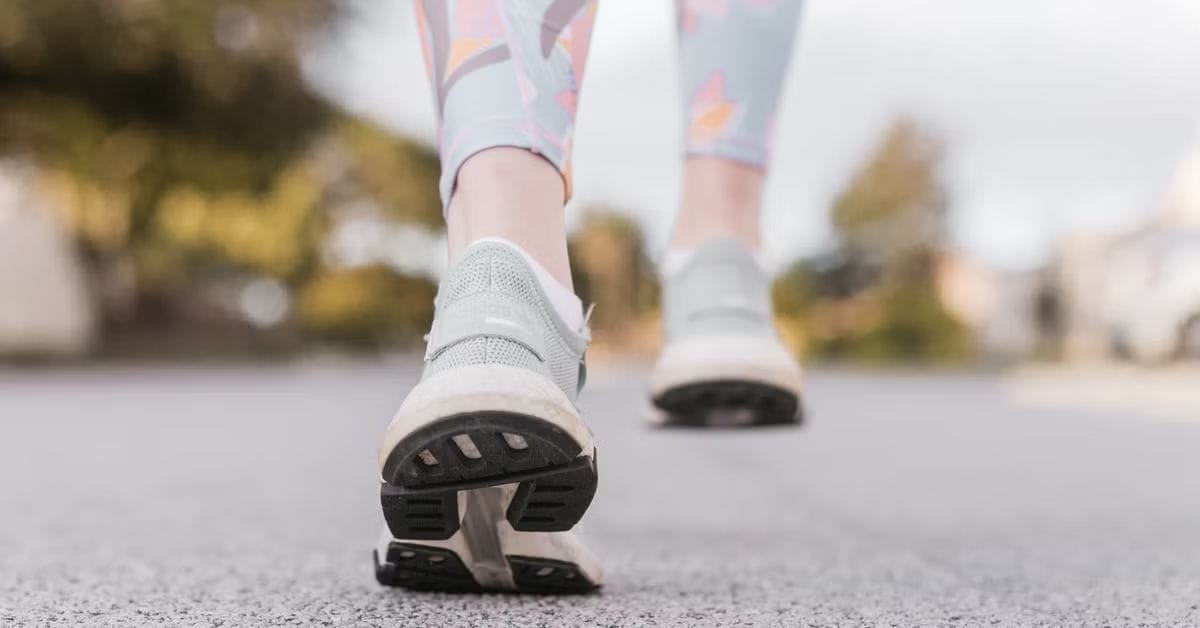
Walking stands as a basic exercise method that provides excellent value for money and offers maximum flexibility for physical activity. The past few years have brought forth an active market of walking applications that enhance the practice of walking.
These apps can provide different types of rewards, which range from small benefits to basic tracking features and community platforms, and goal-oriented systems. They can merge both concepts to transform regular walking into motivational elements and minimal rewards.
The the following section, I will present to you a helpful analysis of ten walking applications for 2025, followed by essential safety information and guidelines to maximize their benefits without turning walking into a burden.
Quick Safety Note
Walking apps function as tools, but they should never replace your awareness of your environment. Users should maintain constant awareness of their environment when GPS tracking or route display functions are active because they should avoid revealing their exact location to public view.
The volume of your headphones should remain at a level that allows you to detect traffic sounds and nearby people. Everyone should review privacy policies before proceeding when an application demands broad permissions or personal data that seems unrelated to step tracking.
1. Sweatcoin
The application Sweatcoin lets users earn an in-app currency through their outdoor walking activities, which they can use to purchase discounts and products and make donations. The popular "walk-and-earn" application Sweatcoin operates through a straightforward system that converts verified user movements into marketplace credits instead of monetary rewards.
The app features earning restrictions and premium options that boost rewards, but most users find value in the automatic rewards they receive through their regular physical activity.
2. WeWard
The European walk-to-earn application WeWard transforms your steps into Wards, which serve as its internal reward system. Users can exchange their accumulated points for vouchers and cash or choose to support charitable causes.
Weward provides users with brief challenges and mapping tools, and social interaction features to enhance their walking experience. Everyone who participates in WeWard discovers that the combination of friendly competition with achievable targets helps them stay consistent while making their daily walks more meaningful.
3. StepBet
The main purpose of StepBet is to help users stay accountable rather than providing automatic rewards. Users can wager a small amount of money to reach their personalized step targets during multiple weeks. Those who reach their targets will receive a share of the total prize money that goes to all successful participants.
StepBet’s system provides a direct financial reward system that connects to your actual performance and achievements. People who thrive under structured challenges and friendly competition will find this format most effective.
4. STEPN (Move-to-Earn, Web3)
The application STEPN uses GPS tracking to monitor user movement while implementing blockchain technology. Users can acquire NFT sneakers through purchase or rental options within the app to earn crypto tokens by performing outdoor walking and running activities.
The system provides potential financial gains to initial users but requires users to handle unstable token values and purchase expenses, and a complicated system setup.
5. Winwalk
Users of Winwalk can earn coins through their step tracking, which they can exchange for gift card rewards using this free pedometer application. The application uses motion sensors instead of GPS tracking to preserve battery life while maintaining easier privacy settings.
Users receive instant rewards through the system, which provides a positive feeling of daily accomplishment without adding complexity to the experience.
6. Evidation (Formerly Achievement)
The application Evidation rewards its users for their healthy activities, including walking activities and sleep tracking, and survey completion. They can then convert their points into payment rewards or charitable donations while their combined data helps researchers develop wellness programs and health initiatives.
Users who already wear fitness trackers can earn rewards through Evidation by tracking their daily activities, which also support public health research initiatives.
7. Pacer
The pedometer application Pacer provides a complete set of features and allows you to join community groups. The application tracks your steps continuously while providing walking plans and enabling you to participate in group challenge activities. The application supports integration with leading wearable devices and health management systems.
Pacer offers users a balanced experience through its free features and premium content options, and an active community that supports users in developing exercise habits.
8. Strava
Strava has become a popular choice for runners and cyclists while also attracting walkers who join its platform. The platform tracks your routes while enabling performance comparison through "segments" and building community engagement through clubs and local competition features. Strava works best for users who want data analysis and social competition, and team motivation instead of monetary incentives.
The app continues to enhance its route planning capabilities and safety alert system, and activity sharing features through recent updates.
9. Google Fit
Google Fit operates as a basic activity tracker that connects with multiple devices and applications. The app tracks three fundamental metrics, which include heart points together with steps and active time duration.
Walkers who want an uncluttered dashboard for health data monitoring will find this platform useful because it provides reliable tracking without excessive gamification elements. Be sure to verify your current phone and wearable device compatibility with Google Fit because the platform receives regular health platform updates.
10. MapMyWalk
MapMyWalk comes with exceptional route mapping capabilities and GPS tracking features. The platform enables users to find new walking routes while tracking their speed and distance and joining community-based walking competitions. The application continues to focus on precise mapping and training programs after its ownership transition.
Users who want to explore new areas and monitor their fitness development will find that MapMyWalk offers an excellent mix of organized structure and diverse content.
Why Use a Walking App?
Walking apps function optimally as tools that provide motivation and measurement capabilities. The apps help users see their small accomplishments while creating routine exercise habits through structured activities. Some people achieve behavioral changes through small rewards and virtual badges that they find motivating. You will find the most value in social features and route exploration capabilities, and built-in safety features.
The financial rewards from apps that pay users are minimal, so you should treat them as motivational tools instead of financial sources. Free walking applications concentrate on user progress tracking and habit development, and social network support instead of using marketplaces or token systems.
The most suitable walking application for you depends on whether you need rewards or data tracking or social interaction, or personal achievement motivation.
Walking App Strategies for Maximum Benefits Without Experiencing Burnout
Pick one core purpose.
Choose between earning rewards or tracking routes or socializing, or training as your main objective. Multiple app usage at once leads to divided data and attention, which reduces the effectiveness of the experience.
Check privacy and permissions.
Review the purpose behind an app request for access to information that seems unrelated to its main function when it asks for contact lists or continuous location tracking. Select applications that enable users to manage their data sharing options and tracking intervals.
Watch battery and sensor settings.
GPS tracking that operates continuously will exhaust your device's battery power rapidly. The motion-sensor tracking mode provides step count data while using less battery power than GPS tracking.
Approach crypto features with caution.
The value of crypto rewards in move-to-earn systems changes frequently. Users should understand all risks involved before participating in these programs because any earned money should be treated as additional income rather than guaranteed earnings.
Use challenges to build a habit instead of creating pressure.
The path to success becomes more enduring when you progress step by step instead of trying to reach unrealistic targets. Set achievable targets that you can maintain before you gradually raise them.
Make walking a part of your regular daily activities.
You can transform your daily tasks into walking opportunities by choosing distant parking spots and stepping off public transportation at earlier stops. Small modifications in your daily routine will make walking seem natural instead of forced.
Understand payout rules about payouts.
Users need to meet specific balance requirements before they can access rewards, and certain gift cards and cash-out options have geographical restrictions. Review the terms of service at the beginning to prevent rewards from becoming disappointing surprises.
Bonus: Scrambly
Scrambly isn’t purely a walking app at its core, but it recently added step-based earning features that fit neatly alongside its usual mix of online rewards. Users can connect their phone’s step counter or fitness tracker, and the app awards points for meeting daily step goals. Those points can then be redeemed for PayPal cash, gift cards, or in-app bonuses like game credits and survey boosts.
What makes Scrambly interesting is its versatility; walking is just one of several small tasks that earn rewards, so you can pair step tracking with offers, games, or short challenges for a more rounded experience. It’s best seen as a “multi-reward” platform with a walking twist rather than a full-on fitness tracker. While payouts per step are small, the app’s casual design and easy integrations make it a light, fun way to turn motion into a few extra points over time.
Wrapping Up
Walking applications transform basic daily walking into an interactive experience. The apps deliver two different experiences because they either create enjoyable competition with small financial benefits or offer basic tools for tracking and sharing fitness achievements. These applications function as supportive tools for your health routine instead of controlling your activities.
A free community-based tracker will work best for you if your main objective is to maintain regular physical activity. Users who need additional motivation to walk more can find pleasure in walk-and-earn applications that provide small financial rewards.
The correct walking application should enhance your daily activities by promoting physical movement and wellness while providing a positive walking experience.

